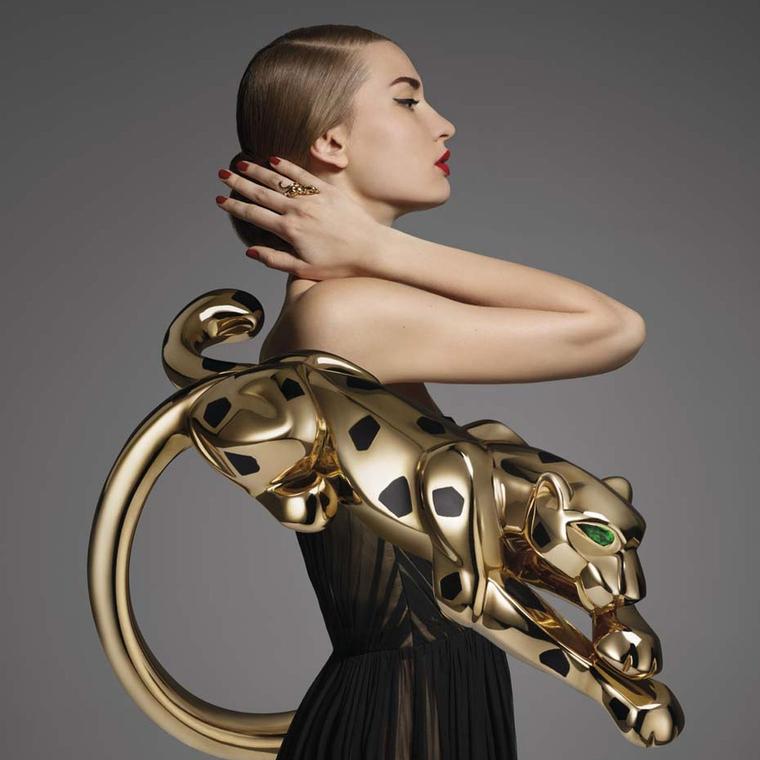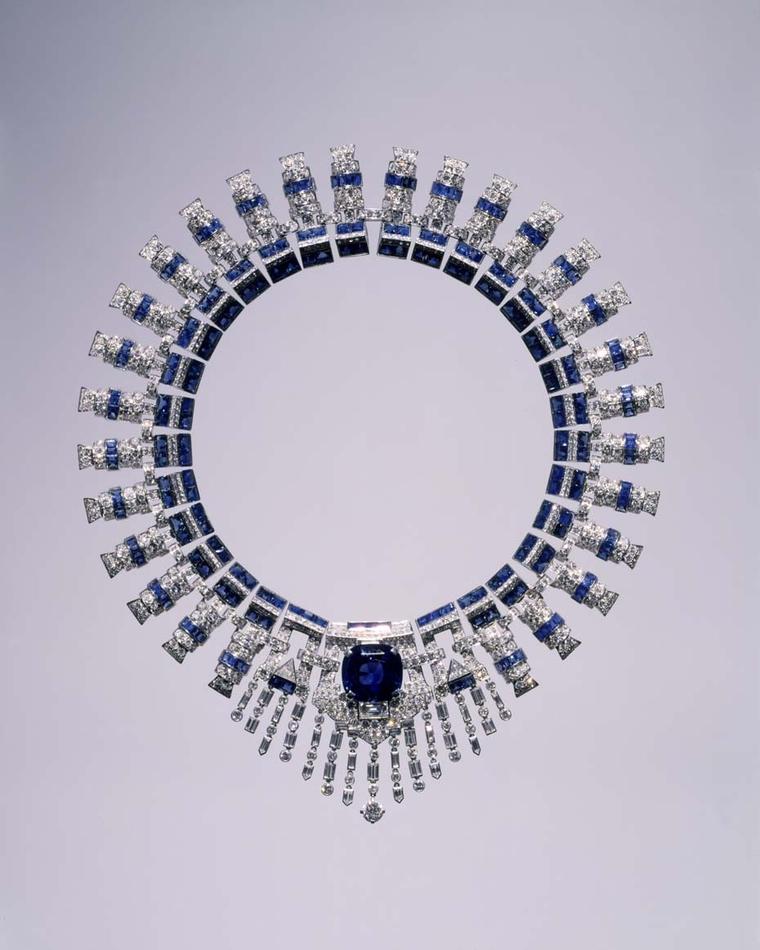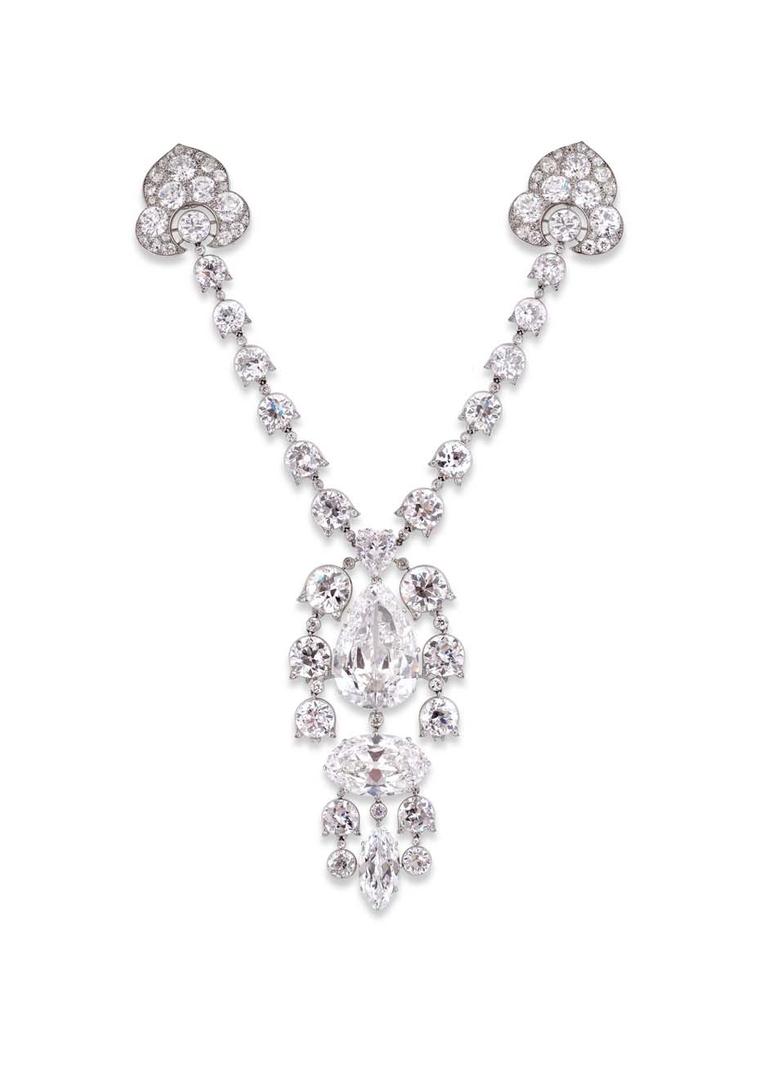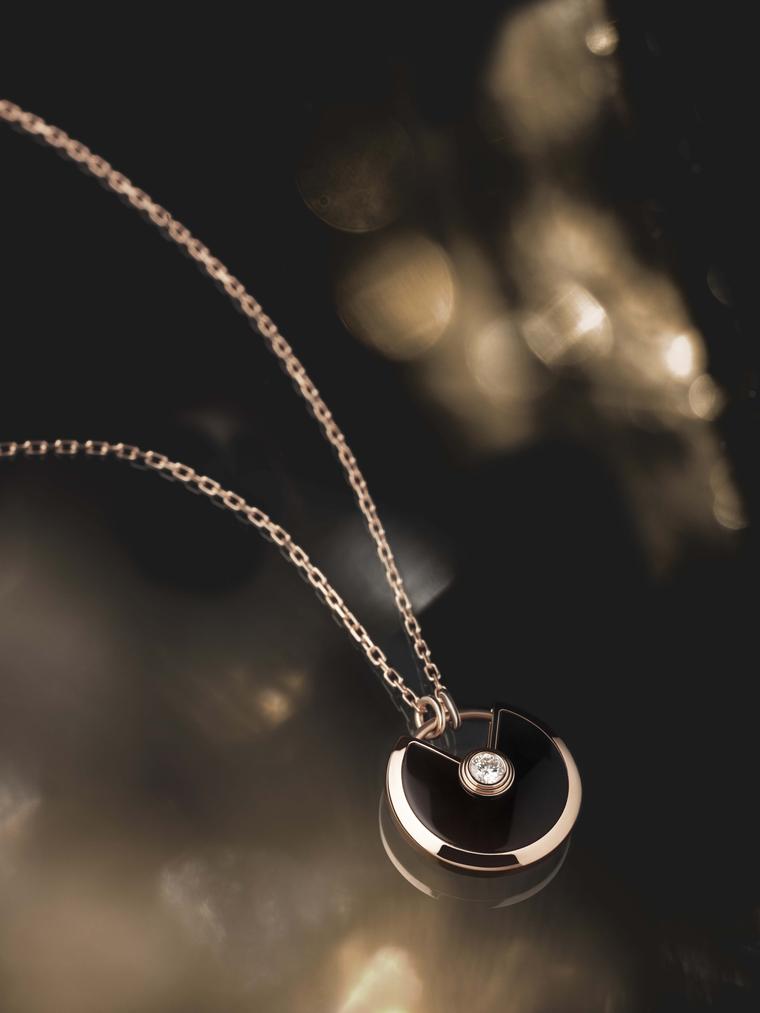
It's hard to believe that the Panther is celebrating a century of life at Cartier. And to mark its anniversary, Cartier has created an entire collection of fine jewellery dedicated to this most beautiful big cat.
The origins of the Panther

Making her first shy appearance as a smattering of diamond and onyx spots on a 1914 wristwatch, with time, the Panther grew in confidence. Thanks to her many appearances over the past century, whether perched on precious stones, draped from wrists or pouncing across the hand, the Panther is now Cartier's most iconic animal. But while we might be accustomed to seeing this ferocious feline decked out in diamonds and sapphires, in her day she caused a stir.
And Cartier was known to cause a stir, as it was this maison in particular that brought excitement and innovation to the early 20th century world of jewellery. Introducing technical innovations, such as the use of delicate platinum mounts to optimise the light cast out by precious stones, or by creating the world's first wristwatch for the pilot Santos Dumont, Cartier was a precursor in many fields.
Stirring things up
Prior to this era of global exploration and creativity, the jewellery trade was conservative and relied on replicating pieces from the past, to which the Cartier family, particularly third-generation Louis Cartier, retorted by seeking originality and inspiration drawn from a rapidly expanding world.
The delicate aesthetics of the Far East came to Europe in the form of Cartier's Chinese-style decorated cigarette cases, exotic dragon motif pendants and the jewels that fuelled Egyptomania. And of course, the exotic panther.
The evolution of the Panther
Following on from the 1914 panther-spotted Cartier watch, a 1920s Cartier greeting card featured the sleek profile of the feline at the feet of a woman draped in jewels. Other jewels featuring the Art Deco black and white spots of the panther gained favour, but the pivotal panther moment came when Louis Cartier invited the unconventional and visionary designer Jeanne Toussaint to join Cartier's accessories department.

Toussaint, whose nickname was "the panther", pushed the boundaries of design, eschewed nostalgic pastiches and embraced new and powerful symbols, colours and inspirations. Toussaint had designed several panther objects for herself, including a cigarette case adorned with its form, but she had a hunch that her beloved bejewelled panther would capture the hearts of a brave new pack of women, ready to defy convention. And so the big cat was unleashed.
Capturing the hearts of women
In 1948, the elegant feline made her debut amongst the beau monde, on the lapel of none other than the Duchess of Windsor, style goddess of the age. Fully formed, the majestic gold panther emerged with black enamel spots, luxuriantly stretched out on top of a golf-ball-sized 90 carat emerald cabochon brooch. Panther mania was unleashed.
The following year, Daisy Fellowes, the wealthy editor of Harper's Bazaar in Paris, bought a Cartier Panther brooch. This time the platinum and diamond cat was featured with a snarl as she claimed ownership of her 152 carat sapphire ball. This boldly beautiful brooch became a metaphor for the new post-war era and women's increasing independence. So groundbreaking was the Cartier brooch that it was described by a journalist of the time as "an atomic bomb" sitting in Cartier's shop window.

In her limber limbs and perfect proportions, the Panther expresses elegant defiance as she pads graciously through the decades. Small details change to reflect the style of the times - in the 1940s the panther was very lifelike and wild while in the 1950s she became more playful.
To celebrate her 100 years of existence, Cartier brings us a new collection of Panther jewels that capture the many moods, poses and elegance of this feline, set for eternity in precious stones and metal. Cats are said to have nine lives, but at this rate, the Panther's lifespan is heading for perpetuity.


















